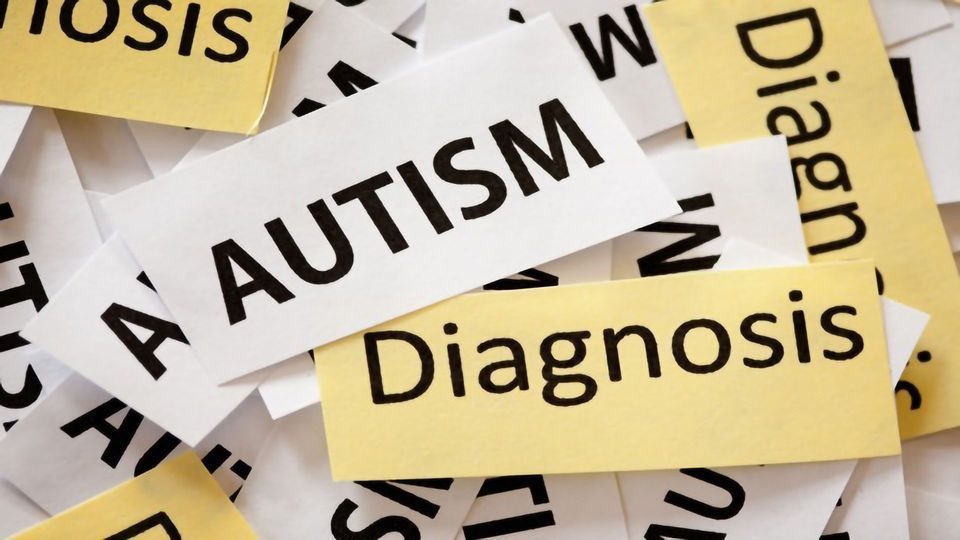Metabolic Pathways Are Altered in the Autistic Brain—Finding Could Lead to a Novel Diagnostic Test

Complete the form below to unlock access to ALL audio articles.
A recent study from scientists at the Skoltech Center for Neurobiology and Brain Restoration (CNBR), the Icahn School of Medicine at Mount Sinai (ISMMS, New York, USA), the Max Planck Institute in Potsdam, and the Cologne Institute (Germany) found that there are differences in metabolite concentrations in healthy humans and individuals with Autism Spectrum Disorder (ASD). The results of the study are published in Nature's Communications Biology journal.
Using untargeted mass spectrometry (MS) the researchers measured the concentrations of over 1,3666 different molecules clustered in 16 metabolic pathways from blood and urine samples. Interestingly, the metabolic pathways in which differences were noted between healthy samples and ASD samples are affected by multiple human-specific evolutionary changes. This has led the authors to suggest that autism disrupts evolutionary novel mechanisms. "Some earlier studies clearly pointed to the differences in metabolite concentrations in urine and blood but fell short of establishing a possible connection to the brain processes. Our team focused on the prefrontal cortex, where we identified a host of ASD-specific metabolic features. We compared metabolites in the human brain to those in the brains of chimpanzees and macaques and found that ASD affects evolutionarily novel metabolic pathways," said Ekaterina Khrameeva, Assistant Professor at Skoltech.
The diagnosis of ASD relies solely on a clinician's observation of a patient – no physiological diagnostic tool exists at present. The author's hint that focusing research on the metabolic components of ASD may change this. We interviewed Ilia Kurochkin, research scientist at Skoltech, to gain his perspectives on the study.
Molly Campbell (MC): What previous research has suggested a metabolic component to ASD pathology? How does your study advance this research?
Ilia Kurochkin (IK): To date, there are around 20 metabolomic studies that compared ASD individuals and healthy controls. The majority of those studies investigated metabolic alterations in urine and blood, and only one study was performed in brain cerebellum. In these research studies, it was shown that there was a significant number of metabolites altered in ASD. Additionally, our lab had previously demonstrated that the prefrontal cortex of ASD individuals differs from healthy controls at the level of lipidome, the non-water soluble fraction of all metabolome. To complement this finding, we decided to investigate the water-soluble fraction of the metabolome in our new study.
Our study demonstrates that the metabolic changes detected in blood might be informative of the metabolite intensity changes taking place in the brain, as we found the same metabolic pathway to be altered in the prefrontal cortex of ASD individuals as in their blood. Moreover, this result opens an opportunity for the design of ASD diagnostic tools based on the concentration measurements of metabolites in blood or urine samples.
MC: Why did you choose to specifically focus on the prefrontal cortex in your study?
IK: ASD is characterized by the developmental disruption of complex cognitive traits, especially those underlying communication and socialization. We decided to focus on the prefontal cortex, as this is the brain region that is implicated in complex associative functions including reasoning, planning, and social behavior which are disrupted in ASD. Moreover, the prefrontal cortex emerged recently during primate evolution - that’s why it is an interesting object in the context of evolution as well.
MC: Please can you describe the methodology of your study, and why you chose to adopt specific techniques, such as MS?
IK: The measurements of metabolite intensities were conducted using liquid chromatography coupled with mass spectrometry (LC–MS) in positive and negative ionization modes. In this project, we decided to use untargeted LC–MS as we wanted to find as many metabolites which are altered in ASD as possible; targeted MS focuses on a predefined set of metabolites which did not align with our research objective. Metabolites can be measured using nuclear magnetic resonance (NMR), but this approach also doesn’t detect a lot of metabolites.
MC: You found a marked difference between the metabolic pathways of healthy and autistic individuals. What clinical value do these findings have?
IK: We believe that in the future, after extensive validation, some of those metabolites could be used as an early diagnostic tool for ASD. Currently, there is no laboratory test for ASD and so doctors rely on observing the behavior of very young children and listening to the concerns of their parents. Such a diagnostic tool would make a huge difference in the field.
MC: Were you surprised by any of your findings?
IK: It was surprising to see that the metabolic pathways disrupted in ASD blood and urine are also altered in the brain of ASD individuals. However, it should be noted that here we are talking about metabolic pathways but not about individual metabolites, as not all changes of individual metabolites in the brain are reflected in biological fluids.
We were also surprised to find that there was a group of metabolic pathways which were altered in ASD individuals, and at the same time, they also demonstrated human-specific evolutionary behavior. Evolutionary novel pathways are altered in ASD at the level of gene expression, as demonstrated previously by other members of our lab. Specifically, it they showed that there was an excess of expression features unique to humans in synaptic genes, which were also altered in autism.
MC: What are the next steps for your research?
IK: In order to design ASD diagnostic assays, we will need to validate our findings using independent sets of samples extensively. Specifically, we are planning to analyze the brain, blood, and urine samples collected using the same experimental, analytical, and statistical frameworks.
Ilia Kurochkin was speaking with Molly Campbell, Science Writer, Technology Networks.


